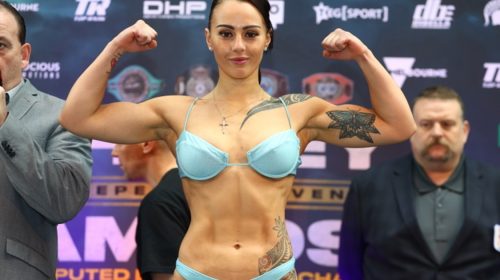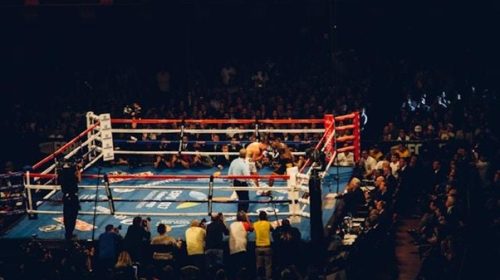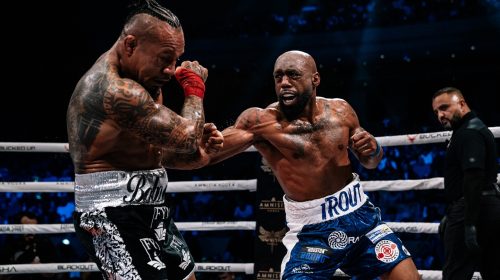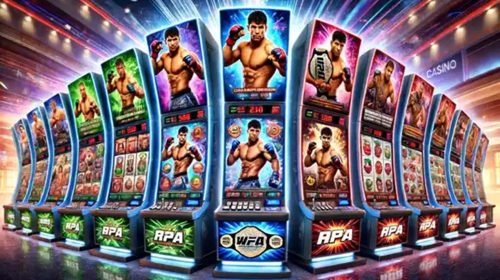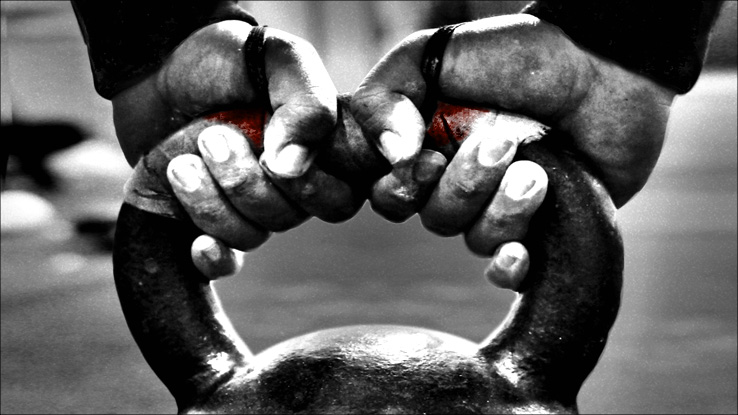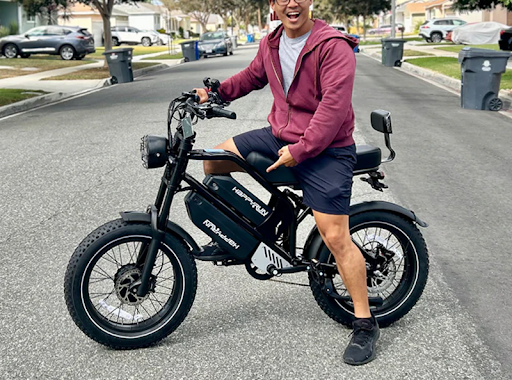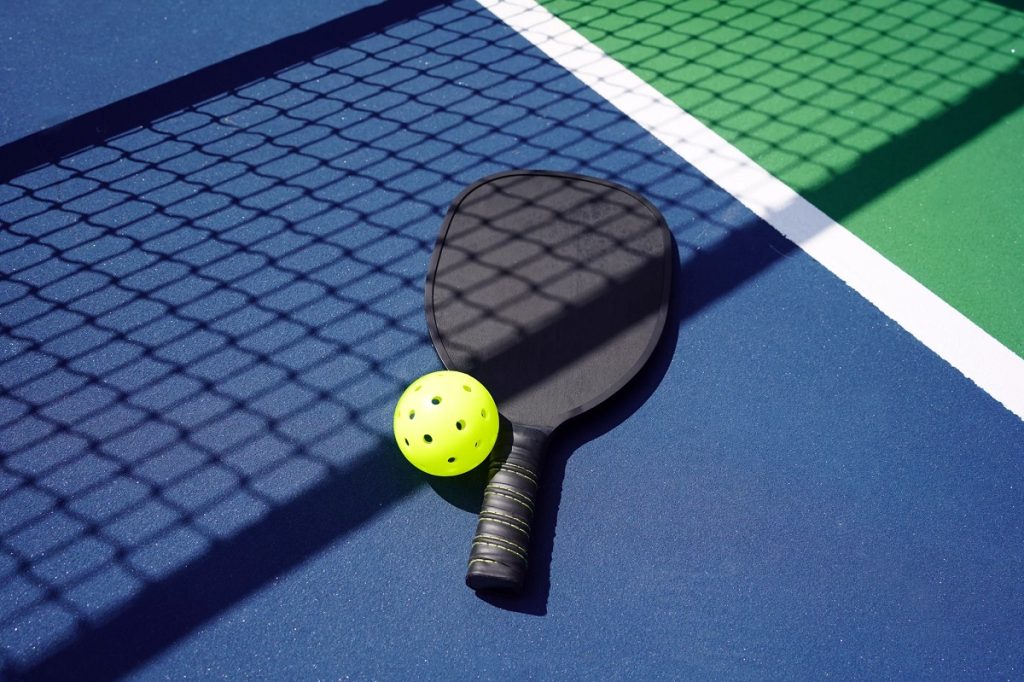
How To Choose An Ideal Pickleball Paddle
Introduction
Many types of paddles are available, and your playing style will help you decide which is best. A soft-playing paddle that adds control can be helpful if you can produce sufficient power on your own. Nevertheless, you could emphasize your strength by selecting a paddle that would increase your power. If you’re a control player, you might prefer a paddle that strikes hard and aids with ball disposal. You might also opt for a paddle with excellent control to assist you in aiming your shot correctly. Before selecting a specific pickleball paddle, take into account the following factors.
- Core
From the perspective of a paddle core, material and thickness are the main variables that influence power and control. Most paddles have a honeycomb-shaped polymer core. The amount of energy the core takes increases with the hardness of the polymer employed. A larger sweet spot and a more uniform feel across the paddle’s face are produced via increased absorption (better control). More energy is transferred to the ball, producing more pop, the softer and more flexible the core (increased power). Although quite durable, a Nomex paddle core is a distinct material with unique qualities that boost power.
No laws govern paddle thickness, and the same principles apply to paddle thickness as they do to material. A core absorbs more energy the thicker it is (better control). The more energy is returned to the ball, the thinner the core (increased power). Cores can be constructed in a few less typical ways to influence the performance of paddles. For instance, the core of Solid Span Technology (SST) is made of graphite. Some paddles employ a material hybrid to reduce performance. Also, some manufacturers alter the core’s location, dimension, and form of the sweet spot using dampening materials, which results in a little variation in how the paddle feels.
- Weight
Power and control are both significantly influenced by a paddle’s weight. A paddle’s power output increases with weight. A lighter paddle lets you place it for your subsequent shot more quickly, improving shot control. The secret is figuring out what weight feels right for you. An arm injury could result from an overly heavy paddle. A paddle that is too light can injure your arm if you have to swing too forcefully to get power behind your shots.
So, each player requires a distinct swing weight. The weight at which a paddle is swung determines whether hand speed is sacrificed, or excessive effort is required to produce power. The suitable means of obtaining your ideal swing weight is to test various paddle weights or attempt adding weight to your paddle (like a lead tape). For most players, this weight falls between 7.4 and 8.3 ounces.
- Handle
The height of the sweet spot on the paddle face and its distance from your hand is influenced by the handle’s length. The sweet spot rises as the handle lengthens. A higher sweet spot indicates the paddle head will move faster when it makes contact with the ball, resulting in more power. A shorter handle can give a larger surface area, which increases the sweet spot and improves the consistency of paddle performance across the face, in addition to moving the sweet spot closer to your palm and down the paddle face (better control).
Conclusion
It helps to read reviews of the top pickleball paddles you’re interested in when looking for a new one. This will assist you in avoiding purchasing pickleball paddles of poor quality.
